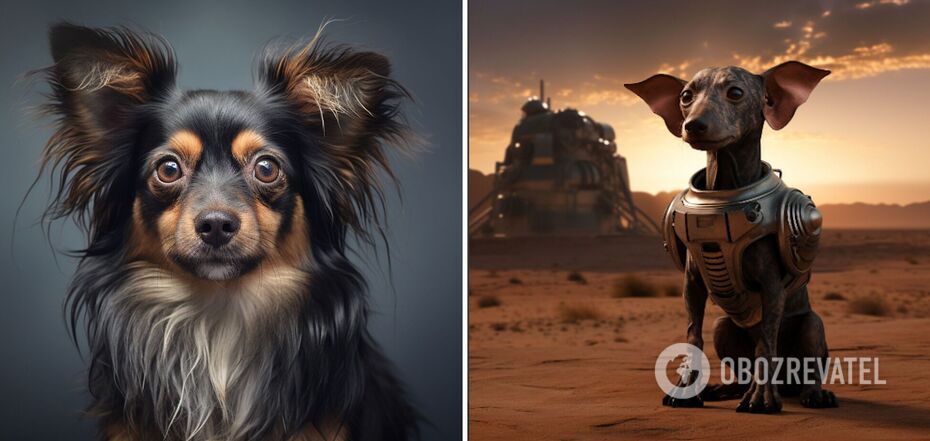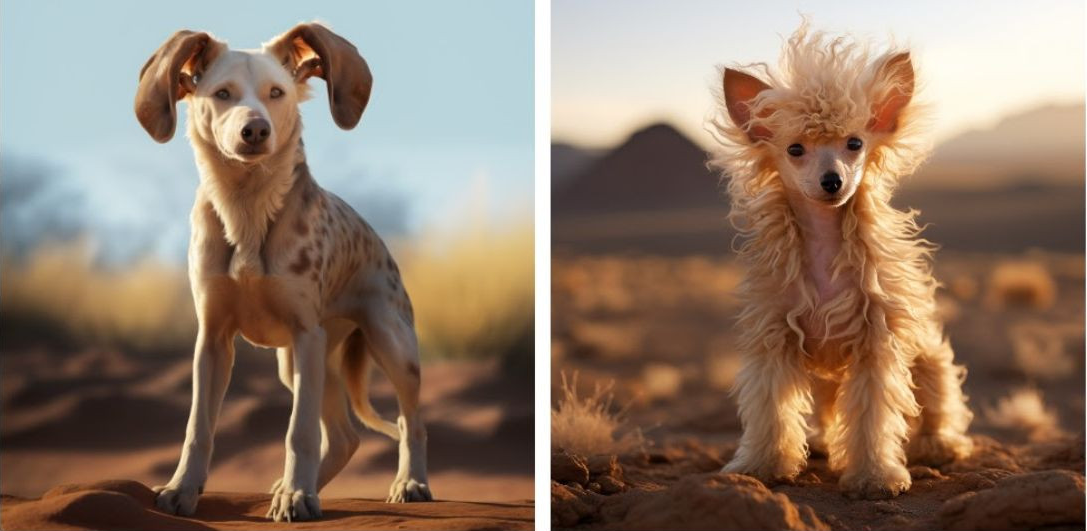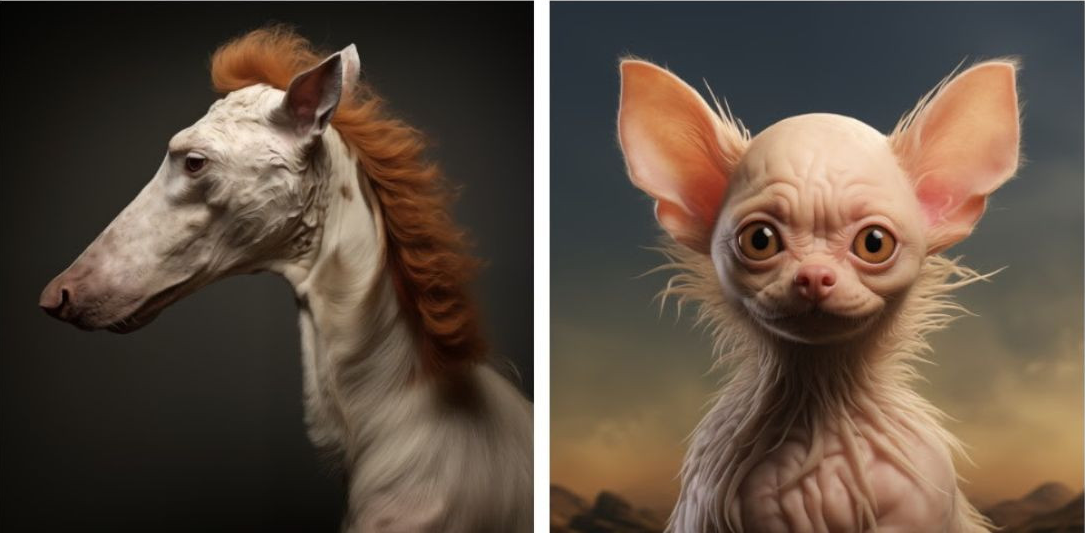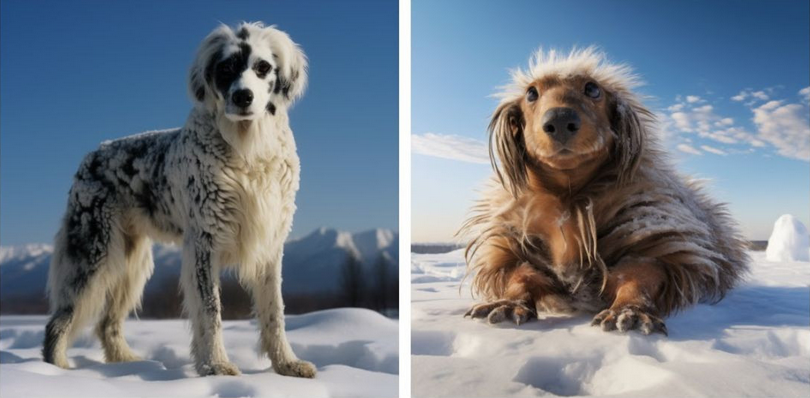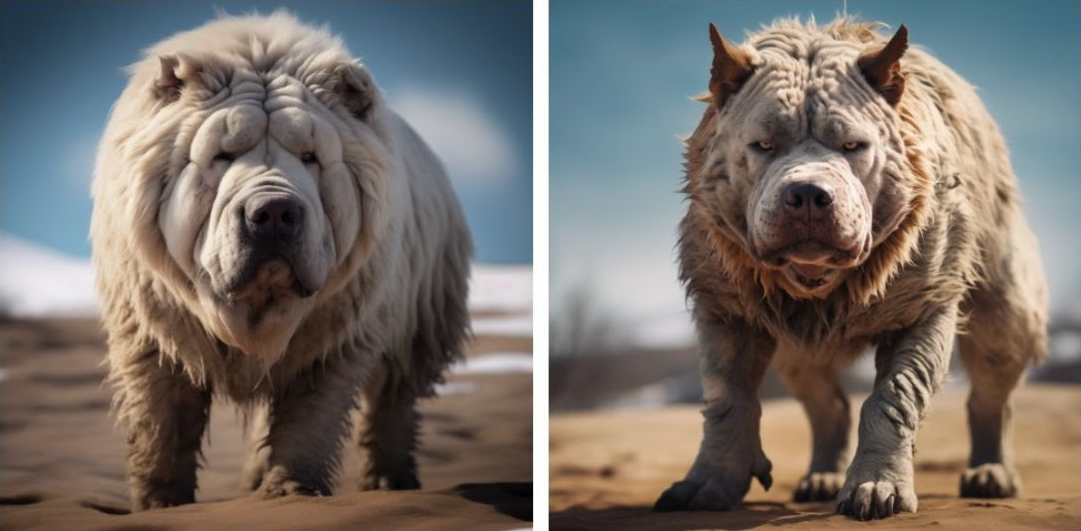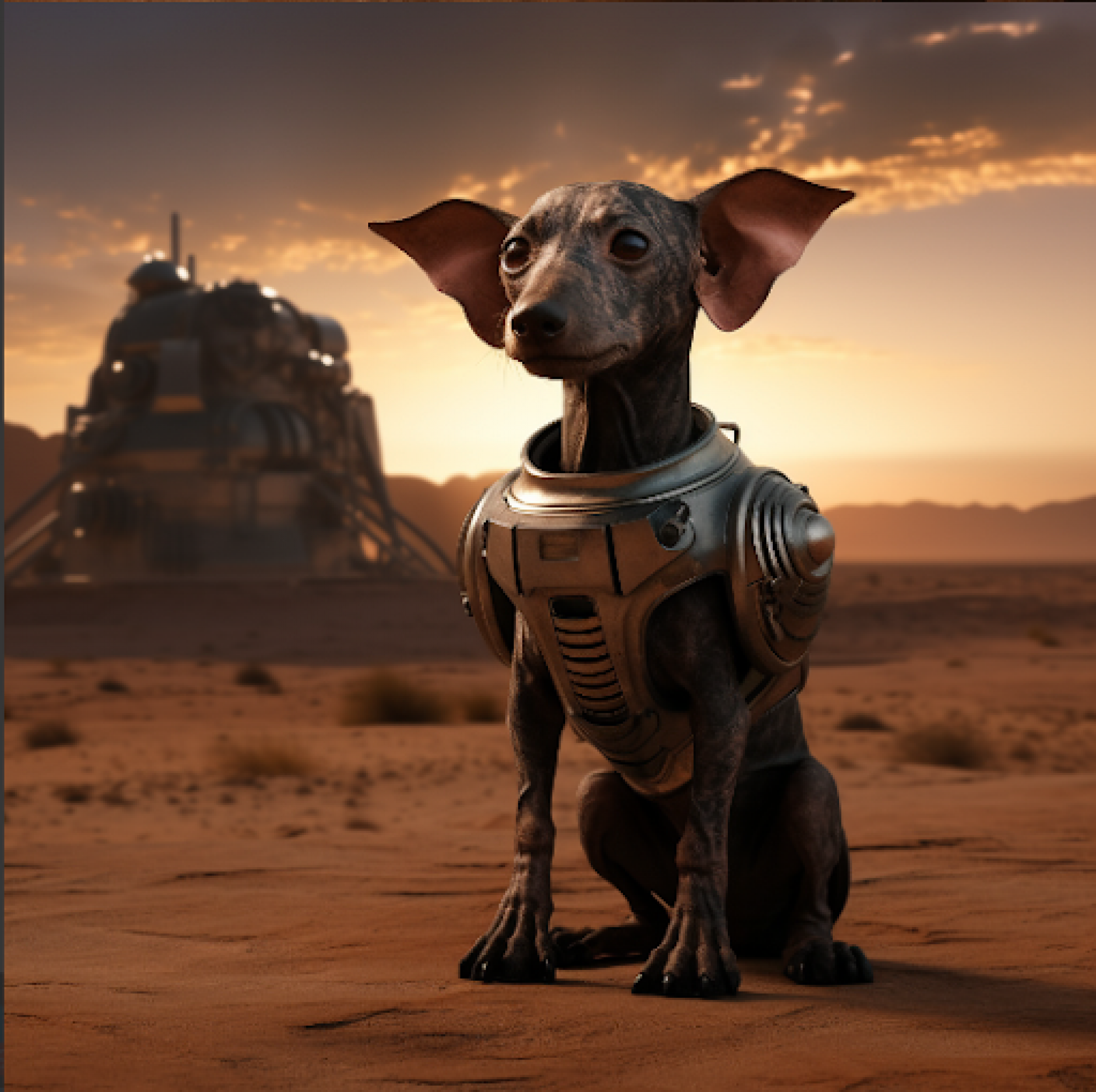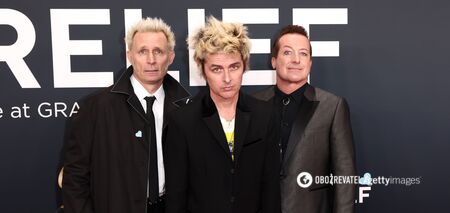Life
What dogs will look like in 10,000 years: geneticists teamed up with AI and showed photos
People, science fiction writers, visionaries, and progress enthusiasts think about what the future will look like on a regular basis. But have you ever wondered what will happen to dogs in 10,000 years?
Veterinarians at Basepaws, an American pet genetic testing company, decided to investigate this question more thoroughly. Based on their data, they suggested how modern breeds might change in 10 millennia and asked artificial intelligence to create a visualization for their conclusions. The results were published by Interesting Engineering.
The company's geneticists, together with veterinarian Henry Ward, considered two scenarios with severe climate change. One assumes global warming, the other - the onset of an ice age.
Global warming scenario
In this scenario, global climate change will affect how people can feed and care for dogs. According to Ward, rising temperatures across the planet will lead to a shortage of resources, which in turn will cause dogs to lose weight.
In general, organisms that are smaller require less food and energy, and are better able to cool down in the heat. Reducing the body surface area will also allow dogs to reduce the impact of solar ultraviolet radiation on their skin. Ward also suggested that dogs could develop darker skin tones and lose their fur if the climate warms.
In addition, the intense heat will force animals to switch to a nocturnal lifestyle. And in order to hunt in the dark, they will need large heads and ears. This will help, in particular, to remove more heat from the body. Changes will also occur in metabolism - four-legged animals will adapt to consume less water.
Ice Age scenario
On the other hand, if the climate starts to change towards a severe cold snap, dogs will definitely grow thicker and more voluminous fur, which will keep them warm. But Ward noted that science cannot give an accurate prediction of how the size of the animals' bodies will change - whether they will grow or become smaller. One thing is for sure: they will begin to accumulate more fat, which will become a reservoir of energy for them.
Dogs are likely to revert to a build more in line with their wolf ancestors, developing stronger muscles that will allow them to run a lot and hunt efficiently. And in the most extreme scenario, they will begin to compete for prey and shelter with humans, which could put an end to the millennia-old friendship between our species.
Conquest of space
Veterinarians and geneticists have also thought about a third way of development - the colonization of other planets. It is possible that people will take their four-legged friends with them on a space trip. However, how this will affect their appearance will depend on the conditions in which the animals find themselves.
Earlier, OBOZ.UA told about the research of scientists who decided to find out whether dogs recognize their relatives - mothers, brothers, and sisters.
Subscribe to OBOZ.UA channels in Telegram and Viber to keep up with the latest events.


